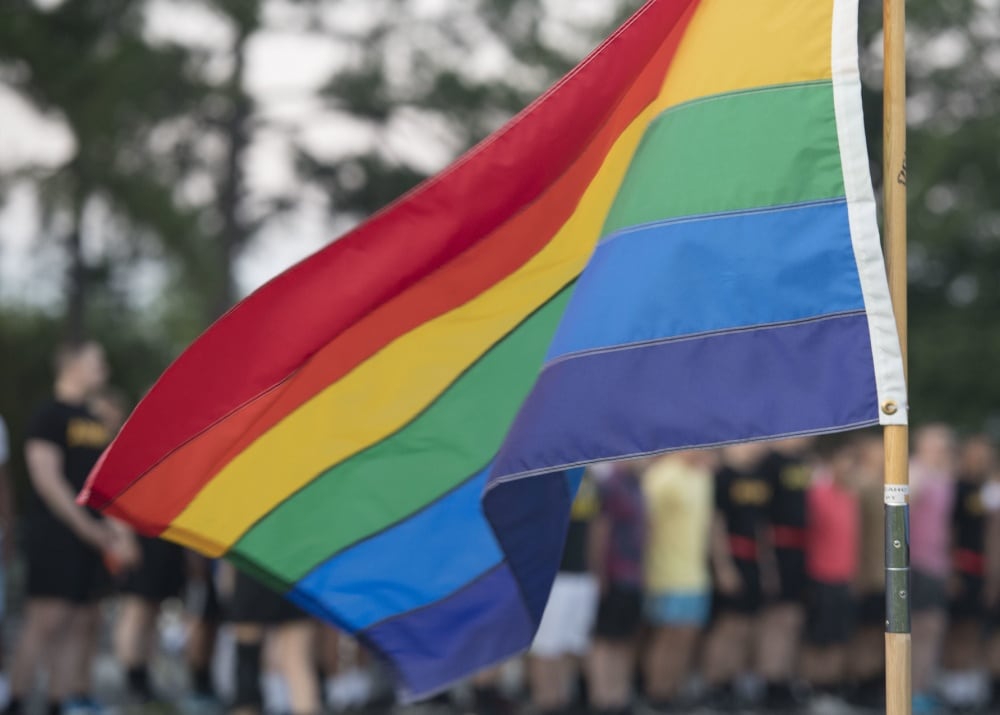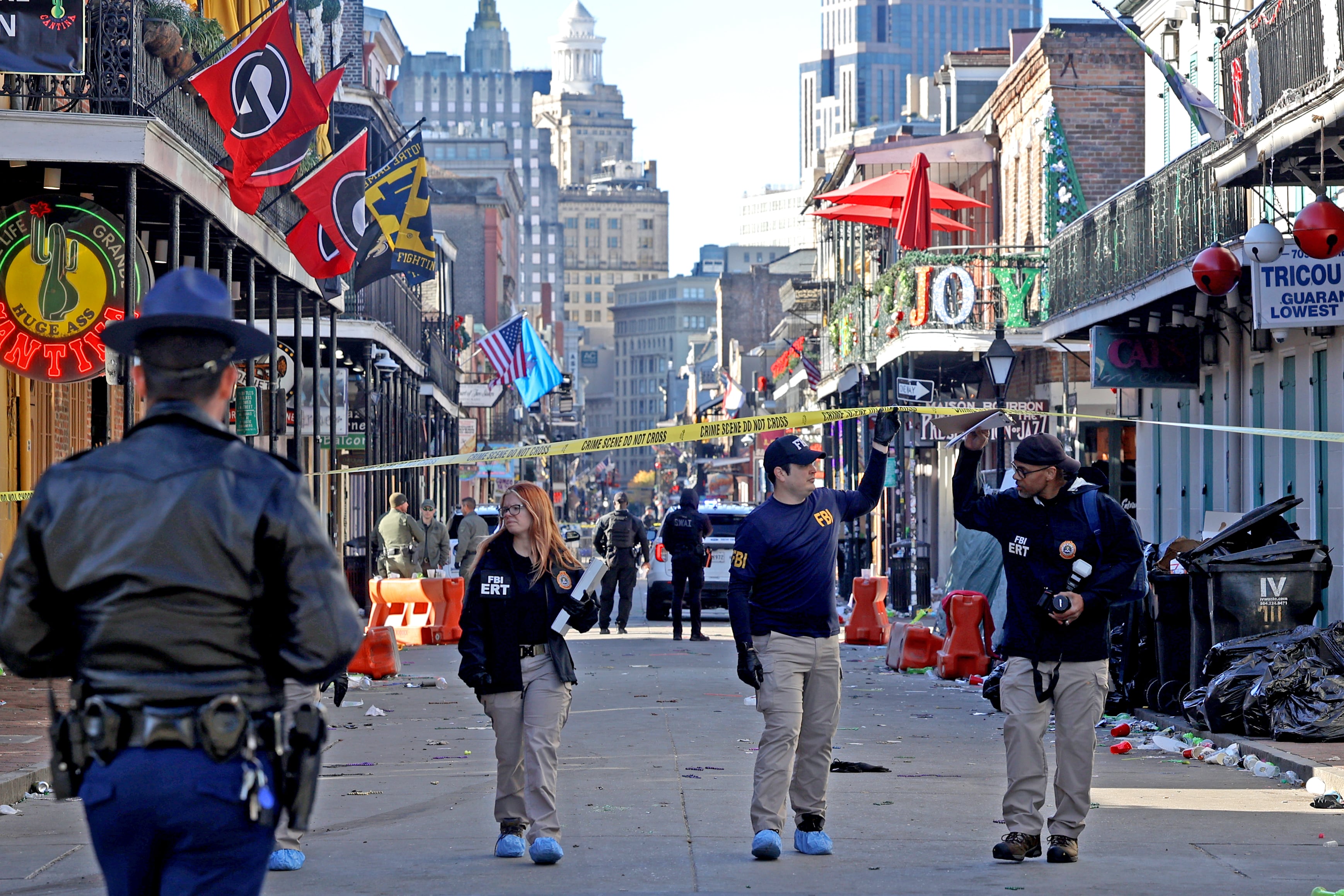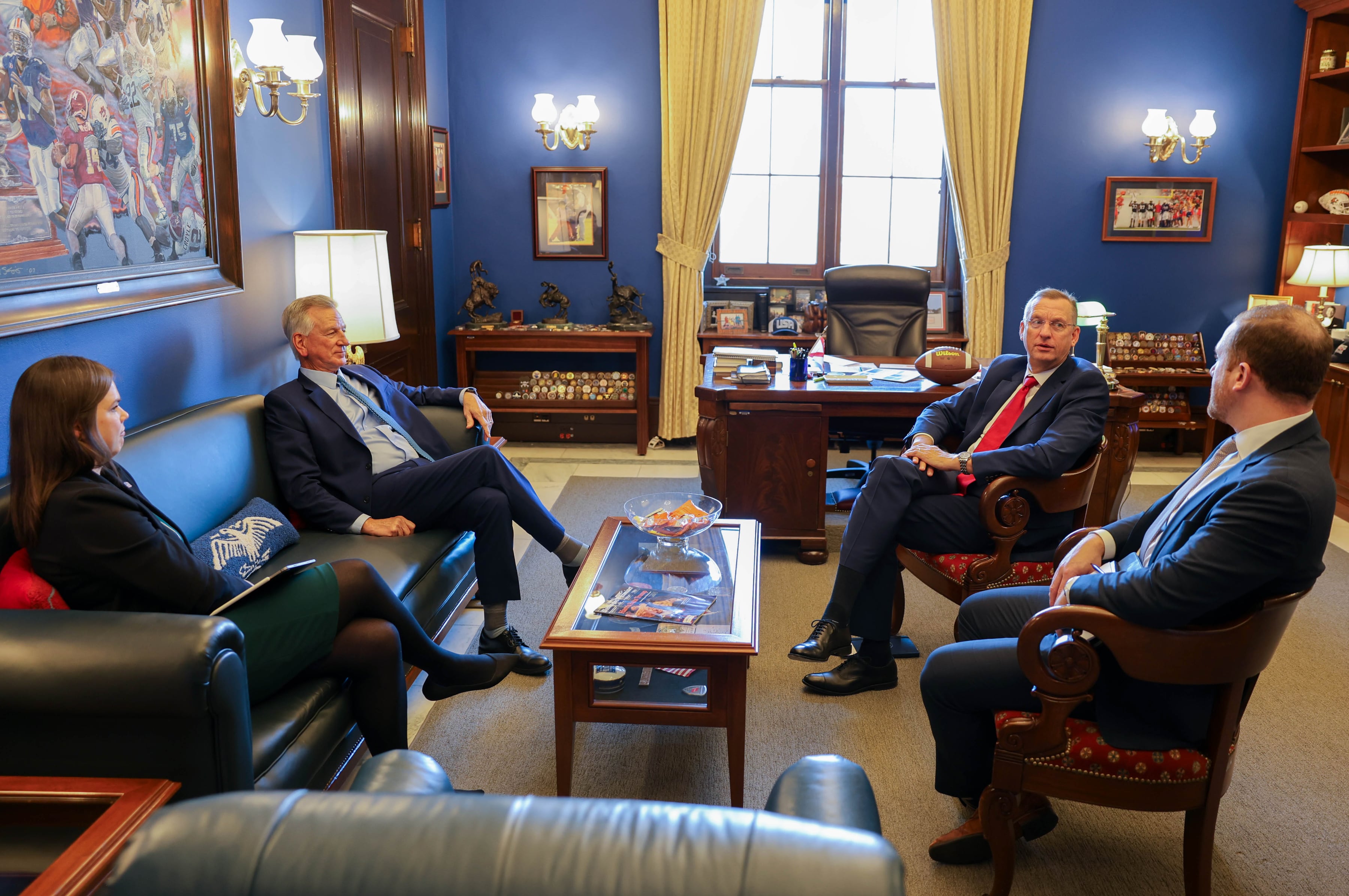A former A-10 pilot-turned-Congresswoman said she still has doubts about the F-35's abilities in close-air support.
During a Wednesday hearing on Capitol Hill to discuss the Lightning II, Rep. Martha McSally, R-Ariz., said she's concerned the plane might not live up to the capabilities of dedicated CAS platforms like the Warthog.
"I am concerned that this airplane is replacing all of our legacy fighters — the whole jack of all trades, master of none," said McSally, a retired colonel who served 26 years in the Air Force and was the first female pilot to fly in combat.
The Congresswoman said that her concerns include the low number of bullets carried by the F-35 and a reported loiter time of less than an hour.
Plus, she said, Pentagon officials have indicated that the F-35 "would not be able to survive a direct hit like the A-10 can, and still allow the pilot to at least fly to friendly territory so that they're not taken POW and lit on fire in a cage like we've seen happen to the Jordanian pilot" who was killed by the Islamic State group.
She noted that Air Force Chief of Staff Gen. Mark A. Welsh had called the idea of a head-to-head test between the F-35 and A-10 "silly," but said she believes it's a good idea.
"I think it's a very good use of taxpayer money," she said. "The F-35 is going to replace the A-10. We need to identify whether we're going to have a decrease in the unique capabilities in that mission set."
However, McSally said she is still concerned about the way the test might be conducted.
"I'm skeptical about it, quite frankly, with all the things we've seen the Air Force try to do to go against the will of this Congress, and go backdoor retiring the A-10," she said. "You can set up a test to get any result you want."
Lt. Gen. Christopher C. Bogdan, program executive officer for the F-35 Joint Program Office, said the service needs to do "testing in a realistic operational environment with the CAS mission that the Air Force intends the F-35 to do — not the mission that the Air Force intends the F-35 to do looking like the A-10."
He compared it to an Olympic decathlon runner and a 100-meter sprinter. If you line up both runners at the start of a 100-meter dash, you don't really need to run the race.
"I know the outcome of that test," Bogdan said.
"I don't need to test the A-10 to figure out what the F-35 can do in a close-air support role," he said. "What I would prefer to do is test the F-35 in its close-air support role as the Air Force sees the requirements for that mission, for the F-35."
But McSally said she believes it's unrealistic to think the Air Force won't find itself in situations that demand the close-air support capabilities from planes like the A-10, situations "where guys are on the run, they're out of ammo."
Maj. Gen. Jeffrey L. Harrigian, director of the Air Force's F-35 Integration Office, said the service is formulating what the tests might look like, in both contested and permissive environments, including testing range, time to arrive on target and loiter time for the F-35.
It's part of ensuring that "at the end of the day, we're delivering a platform that's effective and suitable for the environments it will be operating in," he said.





